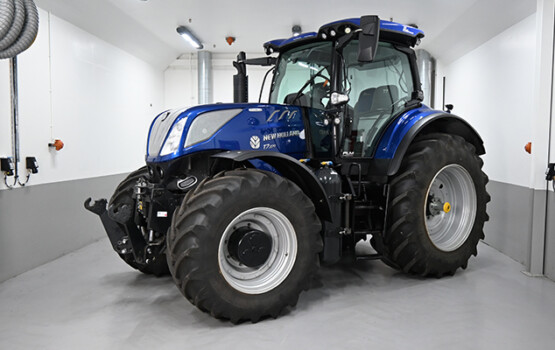Portal for more climate-friendly mobility
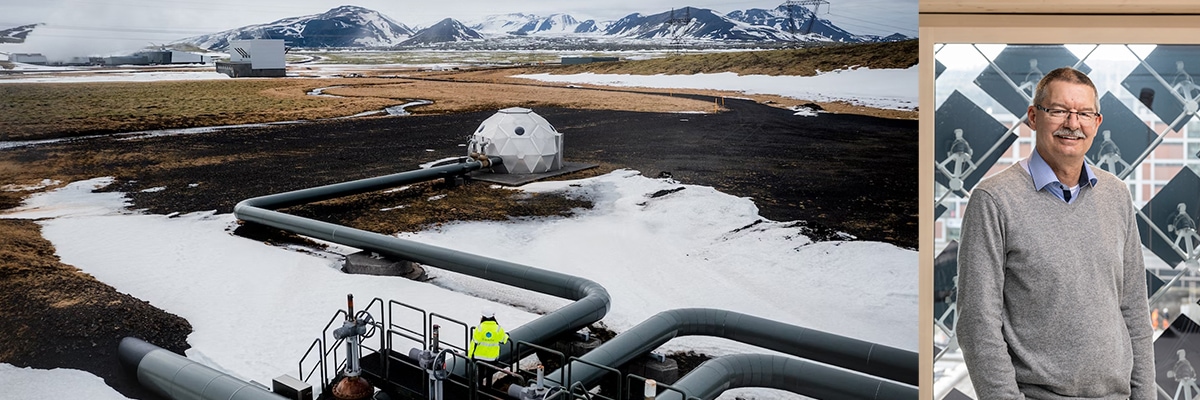
No net zero without negative emissions
Switzerland has undertaken to stop emitting greenhouse gases by 2050. This also requires the use of negative emission technologies. According to a new study, five technologies will help in this regard. Above all, however, it is important to switch quickly to renewable energy sources today.
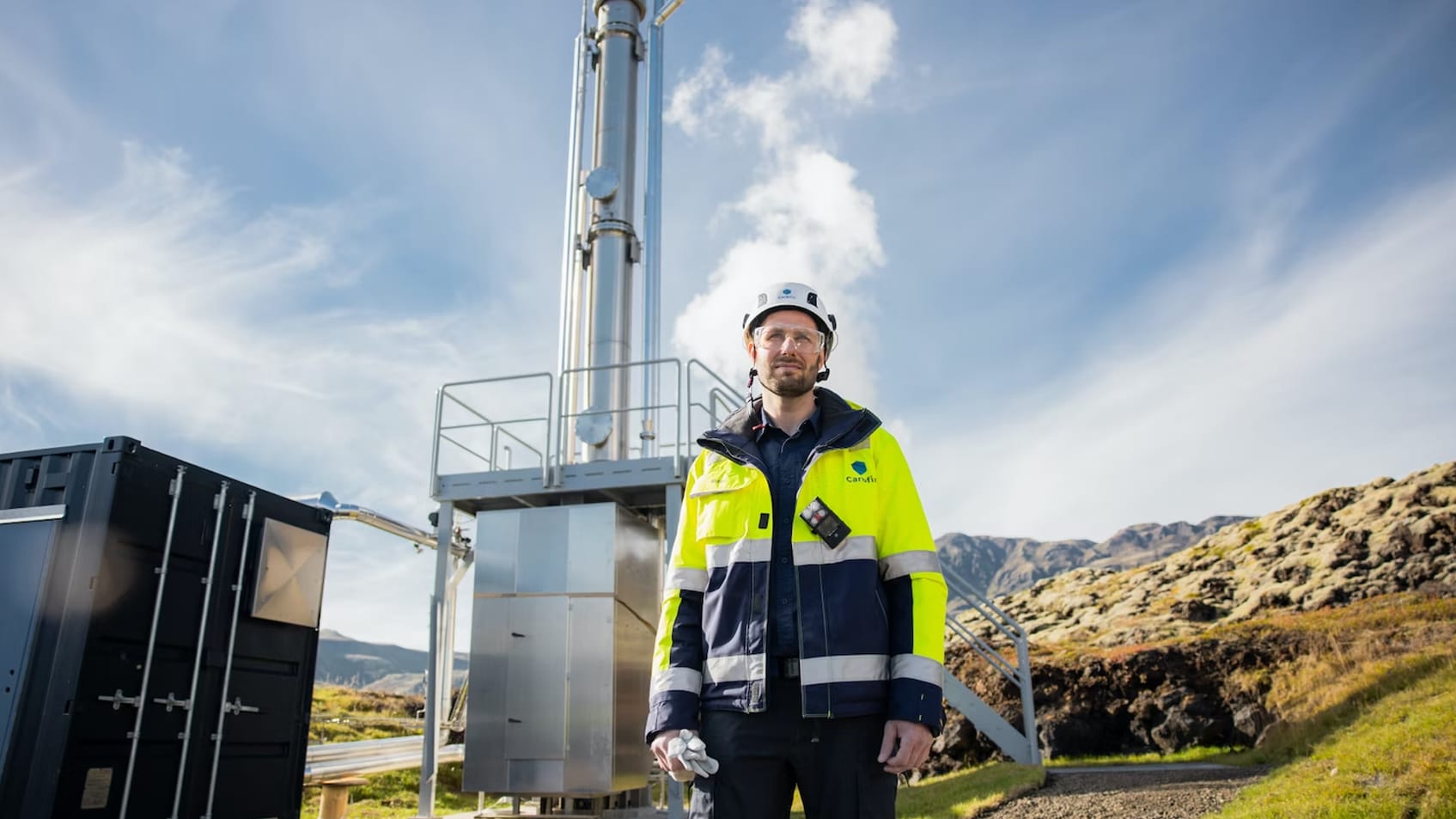 Nökkvi Andersen, project manager, at Carbfix’s new pilot plant, which has an annual capture capacity of 3000 tonnes of CO2 and 1000 tonnes of H2S. Source: Carbfix
Nökkvi Andersen, project manager, at Carbfix’s new pilot plant, which has an annual capture capacity of 3000 tonnes of CO2 and 1000 tonnes of H2S. Source: Carbfix
According to the Federal Act on the Promotion of Research and Innovation (RIPA), the TA-Swiss Foundation is tasked with assessing the future viability of new technologies as well as the associated opportunities and risks. The aim is to develop and pass on independent, factual and balanced information to parliament, the Federal Council, the administration and the general public. The Foundation has now presented the study “Opportunities and Risks of Methods for Extracting and Storing carbon from the Atmosphere.”
Researchers at the Öko-Institut in Germany and Empa in Switzerland agree that our country is dependent on the use of so-called negative emission technologies (NET). These NET processes are intended to extract carbon from the atmosphere and store it over the long term. When examining the five most relevant technologies for Switzerland, it quickly became clear that there is no magic bullet for removing carbon – a Swiss mix is needed.
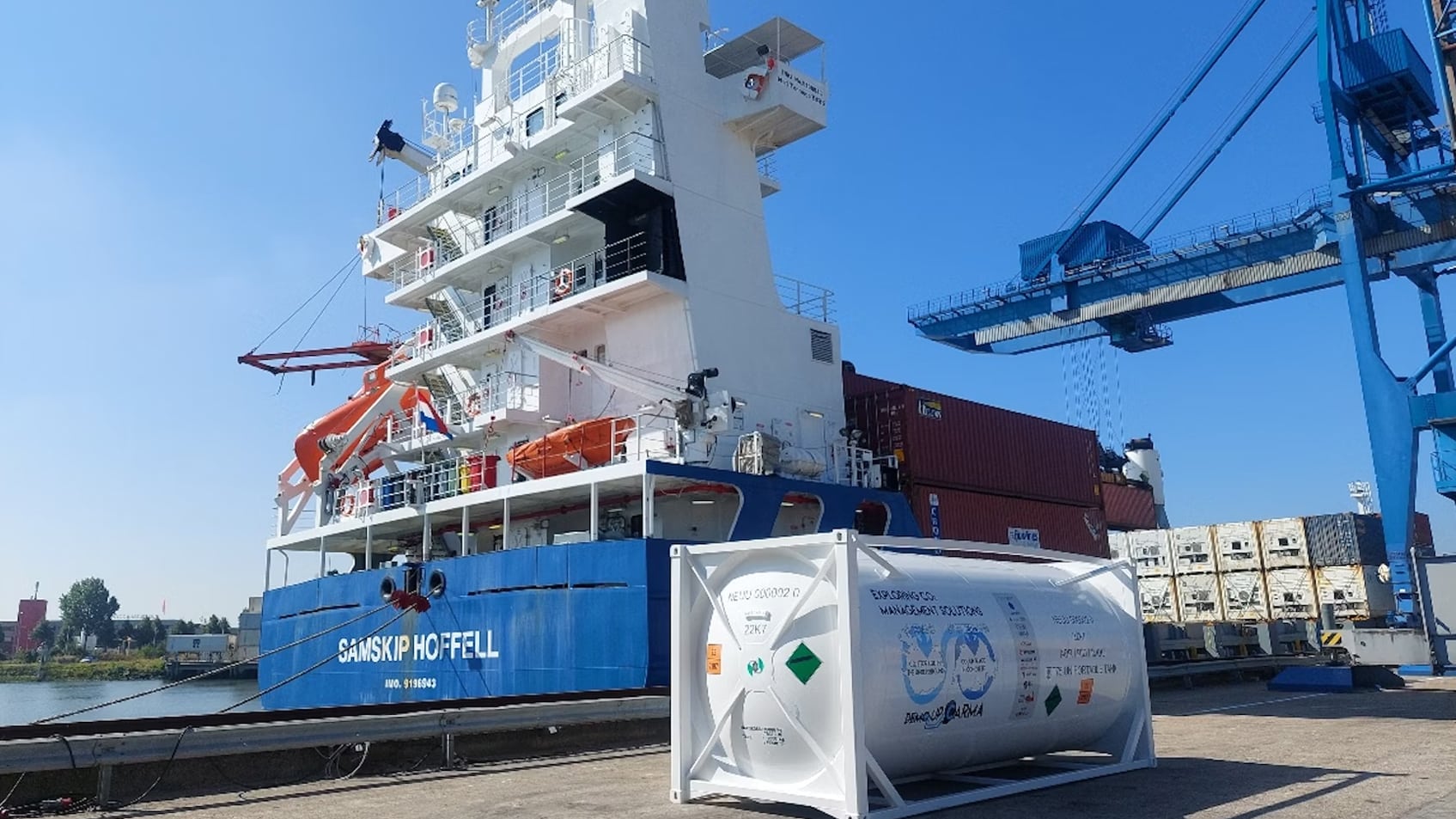 Injection of CO2 delivered by ship from Switzerland at Carbfix’s Helguvík site in Iceland began in early 2023. Source: Carbfix
Injection of CO2 delivered by ship from Switzerland at Carbfix’s Helguvík site in Iceland began in early 2023. Source: Carbfix
After all, sustainability requires diversity. All renewable resources should be used – in each case, where their benefits are greatest. For mobility and transport, this means that different engine types and technologies are used – depending on the area of application. The decisive factor is not the type of engine, but rather the fact that the chosen concept relies on renewable energy sources – for example, the use of biogas and LBG/bio-LNG.
Gas HGVs emit up to 35% less carbon than comparable diesel trucks. If they are powered by Swiss biogas, they even drive in an almost carbon-neutral manner. Even with conventional LNG, large amounts of greenhouse gas emissions can be avoided. CNG, which is liquefied by cooling, burns much cleaner and produces 15% less CO2, 35% less nitrogen oxides and even 95% less particulate matter than diesel. In the mobility sector, CNG and LNG vehicles can thus make an important contribution to the net zero target thanks to a reliable technology that has been tried and tested for years.
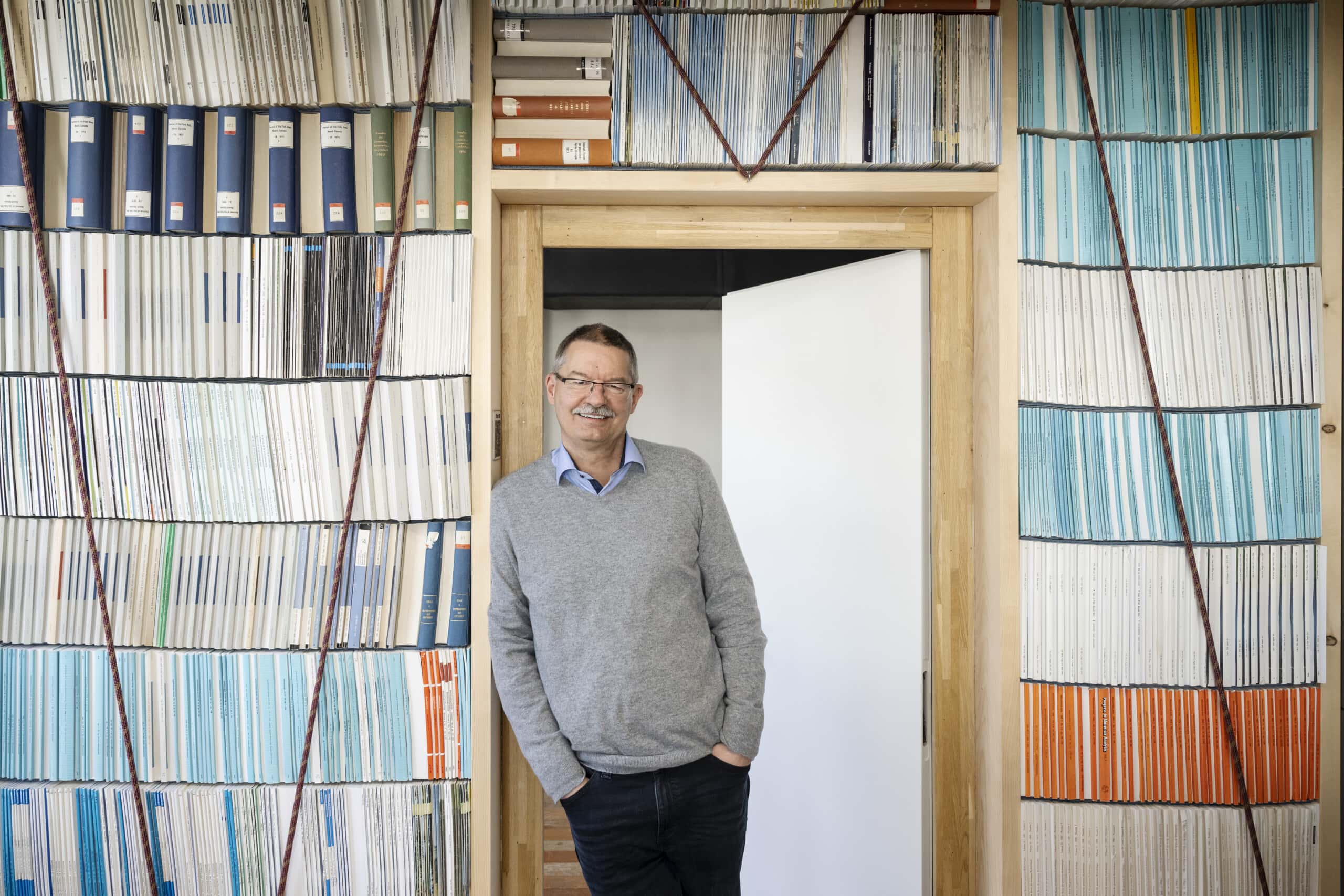 Peter Richner, Empa’s deputy director. Source: Empa
Peter Richner, Empa’s deputy director. Source: Empa
Even if this engine technology is based on internal combustion engines, it is crucial that the energy source is sustainable – which is the case with both biogas and the use of LBG/bio-LNG. Not surprisingly, many countries and energy companies are currently investing large sums in the production of these sustainable energy sources. “A complete replacement of fossil fuels is necessary,” said Peter Richner, Deputy Director of Empa, in a recent interview. He added that this change must take place as quickly as possible, in order to keep the damage caused by global warming contained within an acceptable range.
Unfortunately, there is still a lot of uncertainty about the use of NET technologies that extract carbon from the atmosphere and store it over the long term. Some of the methods are still untested in practice, technically complex, costly or not suitable for use on a large scale for the time being. This is also shown by the TA-Swiss study. Avoiding emissions today is also cheaper than removing the carbon from the air at a later date. (jas, 9 May 2023)
You might also be interested in
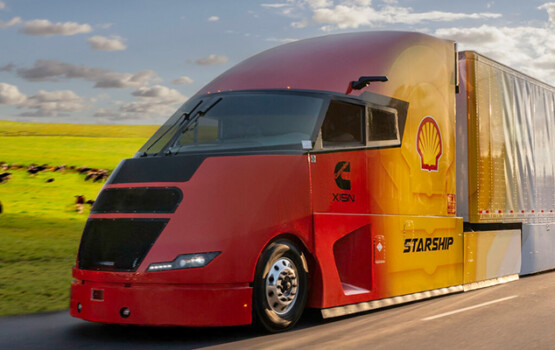
Shell Starship on record hunt
